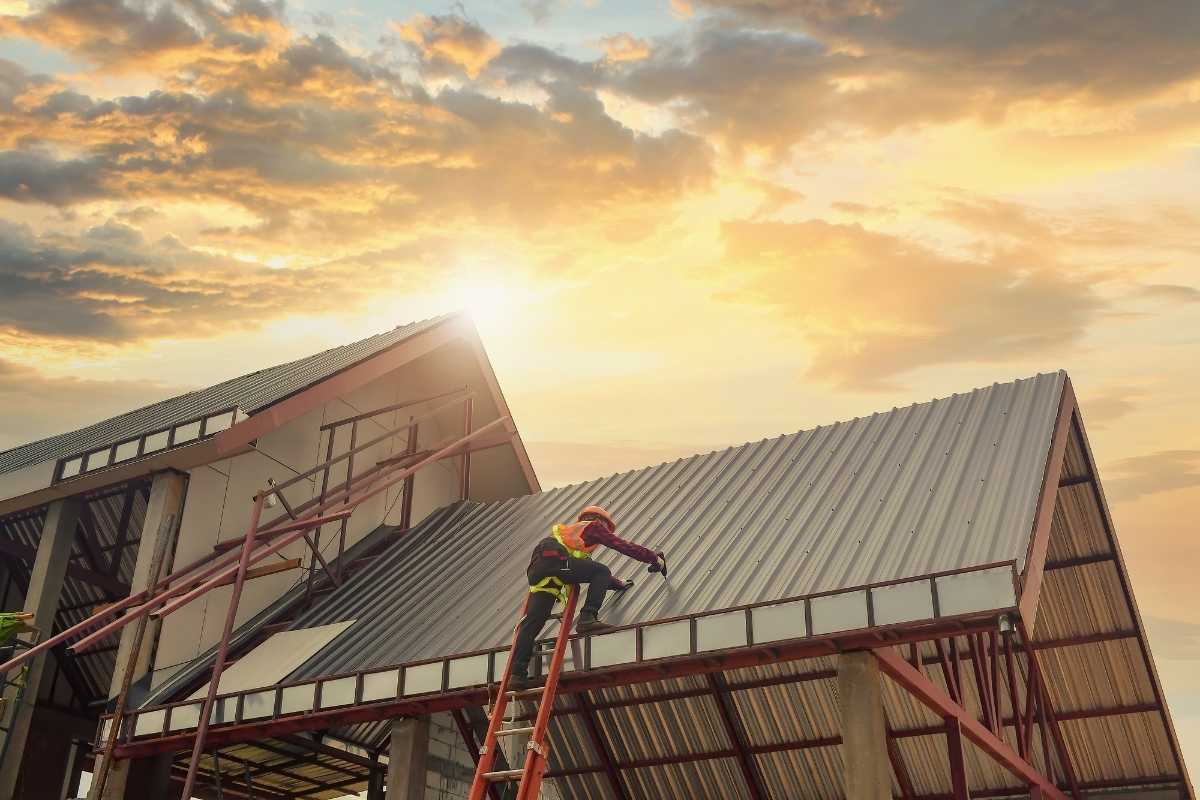Like any business function cost can be a critical consideration on whether to do or not do something. But how can you determine whether investment in safety will provide a good return on investment?
With the right information business can make a successful business case that money invested into safety initiatives and safety training will provide significant long-term savings and positively impact business performance. SafeWork Australia information for 2012-13 indicates that business bore $3.1 Billion in costs associated with workplace injury and disease. This was only a small fraction of the total $61.8 Billion cost to the Australian economy. This figure represents 4.1% of GDP.
Some international modelling suggests that the actual cost of a death in the workplace at around $1.4 million. These figures only account for the direct costs such as workers compensation, medical expenses, civil liability or compensation costs and property losses. Workers compensation insurance can represent a significant cost to business, especially when previous workers compensation claims are used to calculate premiums.
If we factor in indirect costs the figures can be far higher. Indirect costs can include workplace disruptions, loss of productivity, worker recruitment, training, increased insurance premiums and legal fees. Incorporating these indirect costs, a single fatal workplace injury goes from costing $1.4 million to costing nearly $3 million on average.
For small to mid-sized business, especially contractors the safety record of your company will likely impact on your ability to win contracts. The negative publicity from a workplace accident can cause serious reputational harm that affects existing or potential future contracts. There may also arise a loss of confidence by investors, suppliers and employees, all of which may impact your ability to succeed in a highly competitive market.
Investments in workplace safety can result in increased share price, lower injury rates, less worker absences, greater retention, greater worker productivity, improved customer services. Beyond the obvious return on investment, many organisations have seen unforeseen benefits realised as a result of safety improvements.
For small business, safety may not appear to be a significant concern, especially where there has been no history of injury or safety incidents. However, because small businesses do not have the same capacity and redundancy in their workforce that many larger organisations have, one significant injury can present a financially significant business interruption and/or loss of a key employee that seriously degrades production or service.
If investments are made in safety, it is essential for any organisation to measure its safety performance in a quantifiable way so that further business cases for safety investment can be developed, return on investments already made calculated and cost-benefit ratios determined.
Even though cost savings are a motivational factor in any business decision, the biggest return on investment may be through the retention of human capital. Ultimately the question is, will safety investments keep workers safe?
In answer to the original question…Yes, safety is not just a nice thing to do, it makes good business sense.
If you would like to know more or would like our assistance in the areas mentioned check us out at www.intrinsicsafety.com.au. Alternately, call us on 1300 990 336 or email us at [email protected]



